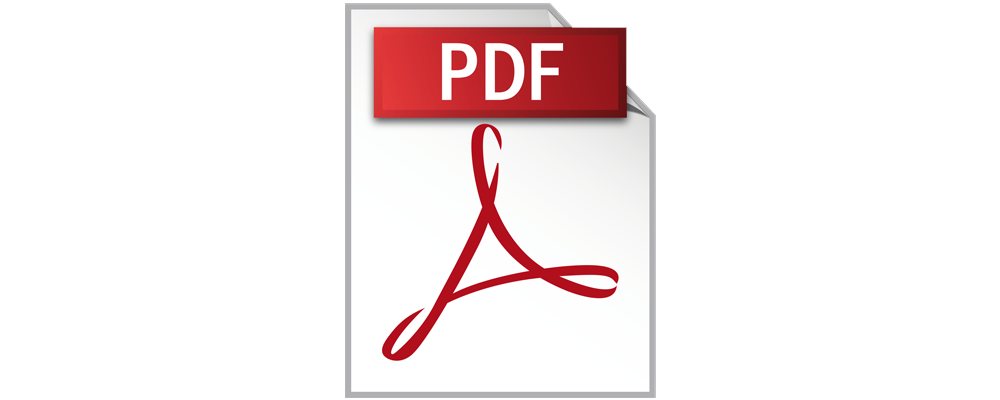
What is a PDF?
Printers have a problem. This goes for companies referred to as a printer like Carter Printing as well as the desktop printer next to you. That challenge is how do they translate what you see on your screen to the printed page consistently and accurately? You would get frustrated if the look of your document changed when you printed it on different devices or with different companies.

Since the advent of desktop publishing this has been an issue. There have been several solutions to this problem. Initially most of the solutions were behind the scenes and driven by the printer manufactures. Xerox pushed the development of the PostScript computer language starting in the late 1970's to be able to accurately describe the position and layout of graphic images and it is still in use today. Another similar idea that is still in use is called PLC or page description language and was introduce by HP in 1984. There are several limiting factors with these systems as well as the myriad of other systems that have come and gone through the ages. They try to convert whatever document you are working on into dots of ink on a page. The problem arises when you have software version differences from user to user, or even in the printer language itself. It's like asking a bilingual person to translate a passage. As their vocabulary improves and the meanings of words change over the years, the translated passage will change slightly each time they translate it. It's getting better each time, but it's not exactly the same.
In the early nineties Adobe was losing the desktop publishing market share to Quark and some other players. As a way to try to combat this shift to competitors Adobe made their new portable document format or PDF spec available free of charge. The idea behind the PDF format is to provide a solution to the problem of every printer having a slightly different interpretation of a file. A PDF is a document that is fully self-contained. All of the images, fonts, color profiles, etc. are all embedded into one file. You can move that document from one device to another and it will look the same regardless of the system it is running on or the settings on that machine. By making the spec free to use printer manufacturers were able to quickly optimize their printer drivers to consistently convert these PDF's into dots of ink on the page. Adobe still controlled the proprietary PDF format and added several useful features. In 2008 Adobe released the PDF format as an open standard which really allowed it to spread in popularity since anyone could use the format.
In the last 5 to 10 years the real power of PDF's has started to come through for commercial printers. Data like JDF or job definition format can be embedded into the self-contained PDF format. This lets settings like fold patterns, press color settings and trim locations be stored in the document and be read by the printing equipment. So now instead of having to manually program your paper knife for each job, the same PDF file you printed from can be used to automatically set up your knife or folder, as well as calibrate your press to print accurate colors. At the same time that JDF was taking off Adobe has come out with their own conversion language known as APPE that is specifically designed for converting PDF files into ink on paper and eliminates many of the inconsistencies that were caused by PostScript and PLC. The bottom line is that we love PDF's because it improves communication between you the client, and us, as well as improving communication and efficiency within our own plant.
